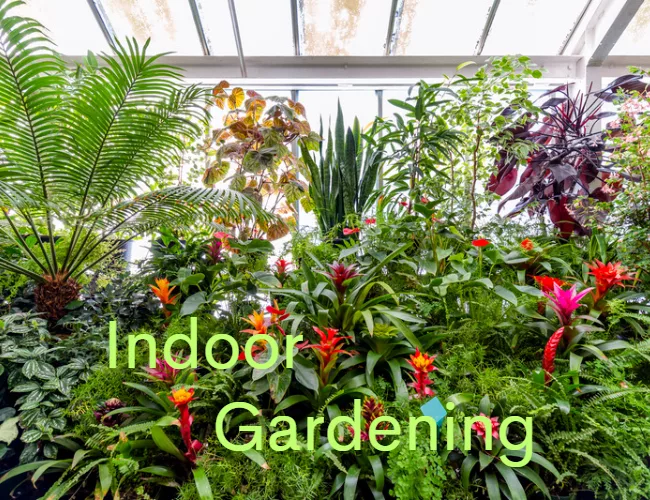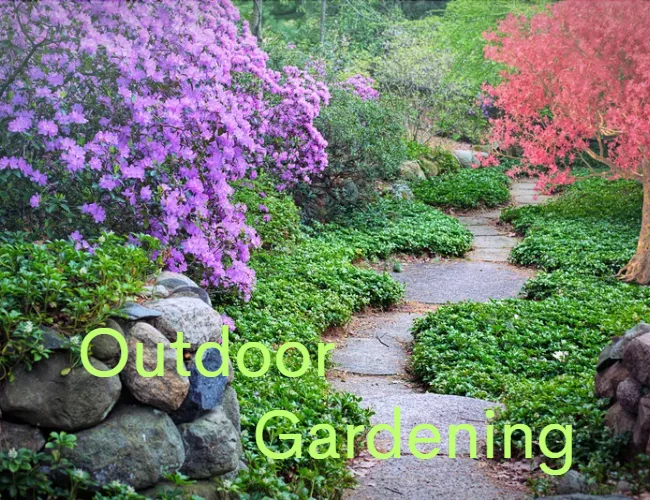Table of Contents
Plant Care
Plant care is a practice that has been gaining popularity in recent years as people are becoming more conscious about their impact on the environment. Caring for plants not only contributes to a greener world but also has numerous benefits for our mental and physical health.
However, with so many plant species and care requirements, it can be overwhelming for beginners to know where to start.
This comprehensive guide on plant care aims to provide readers with the essential knowledge and tools needed to cultivate a thriving indoor or outdoor garden. Whether you are a seasoned plant enthusiast or a beginner looking to incorporate plants into your life, this guide will equip you with the necessary skills to care for your plants and create a more sustainable and fulfilling lifestyle.
From choosing the right plants for your space to using essential tools for plant care, this guide will cover everything you need to know to turn your space into a green oasis.
Choosing the Right Plants for Your Space
The appropriate selection of plants for a given space is a crucial aspect of plant care that requires careful consideration of factors such as light exposure, soil type, and climate conditions.
Indoor plants have different requirements when it comes to the amount of sunlight they need, and it is important to take note of these times to ensure that your plants thrive.
Some plants need more attention, while others are considered easy plants that require less maintenance.
Low light times should also be taken into account when selecting indoor plants.
By choosing the right plants for your space, you can create a greener environment that is both aesthetically pleasing and beneficial for your health.
Indoor Plants
Indoor plants can enhance the aesthetic appeal of any indoor space while also providing numerous benefits such as reducing stress, improving air quality, and boosting productivity.
However, caring for indoor plants requires time and effort. It is essential to follow indoor plant care guides and tips to ensure that these plants thrive in their environment.
It is important to note that proper watering, light exposure, and soil quality are crucial factors in maintaining healthy indoor plants. By following indoor plant care guidelines and dedicating time to their upkeep, indoor plants can bring life and vitality to any indoor space.

Indoor plant care
Learn about various Indoor plants and caring tips
Outdoor Plants
Optimizing the growth of outdoor plants involves understanding the specific environmental conditions and selecting plant species that can thrive in those conditions.
Unlike indoor plants, outdoor plants are exposed to a variety of environmental factors such as temperature, sunlight, wind, and moisture. Therefore, plant care guides for outdoor plants should include information on the ideal thrive time for different plant species, the amount of sunlight and water they need, soil type, and fertilization.
As a plant parent, it is important to research and consult with gardening experts to determine the best practices for your specific location and plant species. By doing so, you can ensure that your outdoor plants not only survive but thrive in their environment, providing a beautiful and sustainable addition to your outdoor space.

Outdoor plant care
Learn about various Outdoor plants and Gardening tips
Herbs and Vegetables
Growing herbs and vegetables requires careful consideration of specific environmental conditions, such as sunlight, soil quality, and moisture levels, to ensure optimal growth and yield. It is important to note that different plants have varying needs and preferences when it comes to these factors.
For instance, some herbs require full sun exposure while others thrive in partial shade. Similarly, certain vegetables prefer well-draining soil while others can tolerate heavier clay soils. Additionally, it is essential to keep track of plant care times, water times, pot times, repot times, and care instructions time.
By doing so, gardeners can ensure that their herbs and vegetables receive the proper care and attention they need to thrive. With the right conditions and care, growing herbs and vegetables can be a rewarding experience that not only yields fresh produce but also contributes to a greener and more sustainable way of life.
Essential Tools for Plant Care
One of the critical aspects of maintaining a thriving garden is to have the essential tools for proper plant maintenance and care. These tools include but are not limited to a watering can, pruning shears, trowel, gloves, and a potting mix.
The watering can is crucial for delivering water to your plants at the right time, depending on their water needs. Pruning shears help in trimming and shaping your plants, while a trowel is necessary for digging holes and transplanting seedlings.
Gloves protect your hands from soil and harmful insects, while a potting mix provides the necessary nutrients for your plants to grow healthy. The use of these essential tools helps you to follow plant care times, water times, pot times, repot times, and care guides time, ensuring that your plants thrive and flourish.
By having these tools at your disposal, you can take control of your garden and enjoy the freedom that comes with a greener life.
Frequently Asked Questions
How can I tell if my plant needs more or less sunlight?
The level of sunlight required by a plant can be determined by observing its growth patterns and the condition of its leaves. If the leaves are turning yellow or brown, it may indicate too much sunlight, while slow growth and pale leaves may indicate the need for more sunlight.
What are some common pests that can harm my plants and how do I prevent them?
Common plant pests include aphids, spider mites, and whiteflies. Prevention measures include regular inspections, maintaining plant health, and using natural predators or insecticidal soaps. Proper sanitation and isolation of infected plants can also limit pest spread.
How often should I water my plants and how much water should I give them?
Plants require varying amounts of water depending on their species, size, and environmental conditions. A general rule of thumb is to water when the top inch of soil feels dry. Avoid overwatering by ensuring proper drainage and not letting plants sit in standing water.
Can I use natural remedies to fertilize my plants instead of store-bought products?
Natural remedies, such as compost, manure, and eggshells, can effectively fertilize plants without the use of store-bought products. They provide organic nutrients and promote soil health. However, it is important to use them in moderation and follow proper application techniques.
How do I know when it’s time to repot my plant and what type of soil should I use?
Determining when to repot a plant depends on its size and the amount of roots visible at the surface. Use a well-draining soil mix appropriate for the plant’s needs. Avoid compacting soil and overwatering.
Conclusion
In conclusion, plant care is an essential aspect of living a greener life. By choosing the right plants for your space, both indoors and outdoors, and incorporating herbs and vegetables into your collection, you can enjoy the benefits of a healthier environment and a more sustainable lifestyle.
It is important to invest in essential tools for plant care, such as watering cans, pruning shears, and soil testers, to ensure your plants thrive and continue to provide positive effects for your surroundings.
Overall, plant care requires dedication, patience, and attention to detail, but the rewards are well worth the effort. Whether you are a seasoned gardener or just starting out, the comprehensive guide provided here can serve as a valuable resource for enhancing your plant care skills and creating a greener, more sustainable life.
By taking care of your plants, you are not only contributing to a healthier environment but also improving your own well-being and quality of life.
